Home>Renovation & DIY>Tools & Equipment>What Grit Sandpaper For Guitar Body
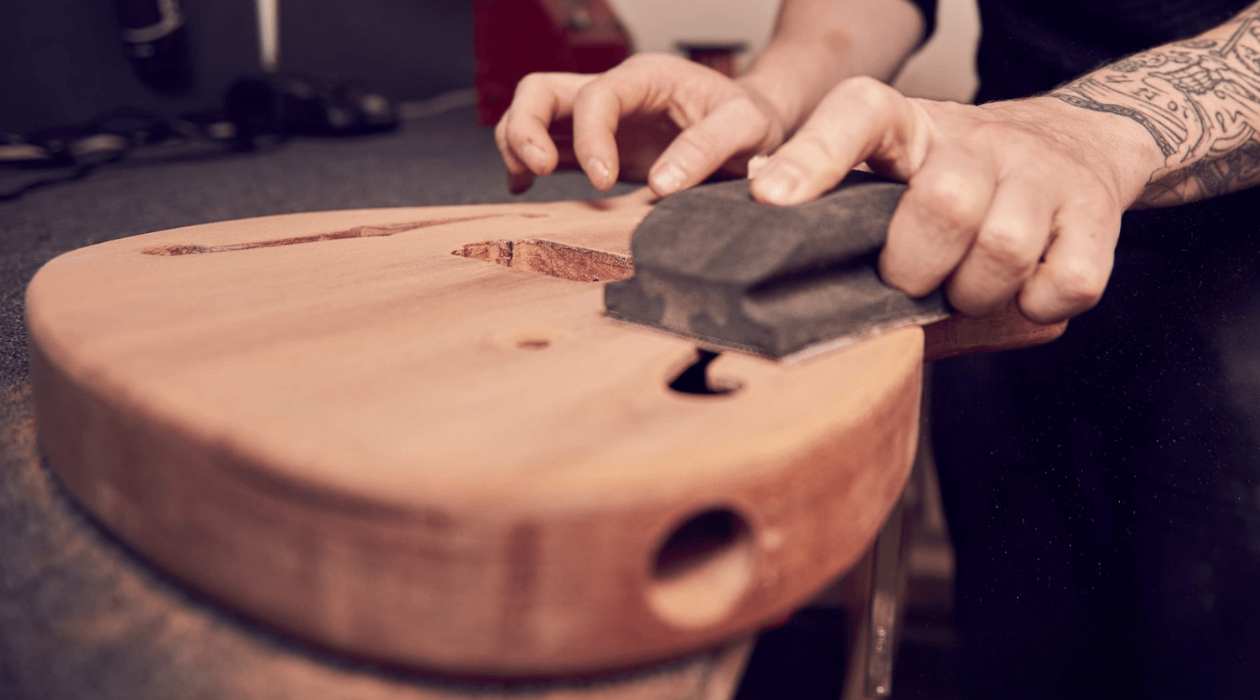

Tools & Equipment
What Grit Sandpaper For Guitar Body
Published: December 20, 2023
Find the right grit sandpaper for your guitar body with our comprehensive guide. Get the best tools and equipment for your guitar project.
(Many of the links in this article redirect to a specific reviewed product. Your purchase of these products through affiliate links helps to generate commission for Storables.com, at no extra cost. Learn more)
Introduction
So, you've decided to take on the exciting project of refinishing your guitar. Congratulations! Whether it's to repair a ding, change the color, or simply give your beloved instrument a fresh new look, this endeavor can be incredibly rewarding. However, before you dive headfirst into the process, it's crucial to understand the role that grit sandpaper plays in achieving that flawless, professional finish.
In the world of sandpaper, the term "grit" refers to the number of abrasive particles per square inch of the paper. The higher the grit number, the finer the sandpaper. Understanding the intricacies of grit sandpaper is essential for anyone looking to achieve a smooth, flawless finish on their guitar body.
In this comprehensive guide, we'll delve into the various types of grit sandpaper and explore how to select the right grit for your specific guitar body refinishing project. By the end of this article, you'll feel confident in your ability to choose the perfect grit sandpaper to achieve that stunning, professional finish. Let's dive in!
Key Takeaways:
- Choose the right grit sandpaper for each stage of guitar refinishing to achieve a flawless, professional finish without compromising the integrity of the instrument’s surface.
- Understanding the characteristics of different grit sandpapers and their specific applications is essential for achieving the desired finish on your guitar body.
Read more: What Grit Sandpaper For Guitar Frets
Understanding Grit Sandpaper
Grit sandpaper is a vital tool in the process of refining and smoothing surfaces. It consists of a backing material coated with abrasive particles, such as aluminum oxide or silicon carbide. The abrasive particles are distributed across the backing material at varying densities, creating different levels of coarseness or fineness.
The grit number is a key indicator of the coarseness or fineness of the sandpaper. Lower grit numbers, such as 40 or 60, denote coarser sandpapers used for heavy material removal, shaping, and leveling uneven surfaces. On the other hand, higher grit numbers, such as 220 or 400, represent finer sandpapers ideal for smoothing, refining, and preparing surfaces for painting, staining, or clear coating.
When sanding a guitar body, it’s crucial to start with a coarser grit to remove the existing finish, imperfections, and dents. As the surface becomes smoother, gradually transition to finer grits to achieve a polished, blemish-free result. Understanding the characteristics of different grits and their specific applications is essential for achieving the desired finish on your guitar body.
Moreover, the choice of grit sandpaper can significantly impact the efficiency and quality of the sanding process. Using the appropriate grit at each stage of the refinishing process can save time and effort while ensuring a flawless end result. Now that we have a foundational understanding of grit sandpaper, let’s explore the various types of grit sandpaper available.
Types of Grit Sandpaper
There are several types of grit sandpaper available, each designed for specific applications in the refinishing process. Understanding the characteristics and uses of these different types is essential for achieving professional results when refinishing a guitar body.
- Coarse Grits: Coarse grit sandpapers, typically ranging from 40 to 100 grit, are ideal for heavy material removal and shaping. They are effective for stripping old finishes, leveling uneven surfaces, and removing deep scratches or dents from the guitar body. Coarse grit sandpaper is the starting point for the refinishing process, allowing you to prepare the surface for finer sanding.
- Medium Grits: Medium grit sandpapers, with grit numbers between 120 and 180, are suitable for further refining the surface after the initial coarse sanding. They are effective for smoothing out rough areas, removing scratches left by coarser grits, and preparing the surface for the final sanding stages. Medium grit sandpaper helps to achieve a more uniform and even surface texture on the guitar body.
- Fine Grits: Fine grit sandpapers, typically ranging from 220 to 400 grit, are essential for achieving a smooth and polished finish on the guitar body. They are used for refining the surface, removing fine scratches, and preparing the guitar body for painting, staining, or clear coating. Fine grit sandpaper is the final step in the refinishing process, ensuring that the surface is impeccably smooth and blemish-free.
It’s important to note that there are also ultra-fine grit sandpapers, such as 600 to 1500 grit, which are commonly used for wet sanding and achieving an exceptionally smooth and glossy surface. While these ultra-fine grits may not be necessary for every guitar refinishing project, they are valuable for achieving a flawless, professional finish on high-gloss or clear-coated surfaces.
By understanding the distinct characteristics and applications of coarse, medium, fine, and ultra-fine grit sandpapers, you can effectively navigate the refinishing process and select the appropriate grits for each stage, ultimately ensuring a stunning result for your guitar body. Now that we’ve explored the types of grit sandpaper, let’s delve into the process of choosing the right grit for your specific guitar body refinishing project.
Use 220-320 grit sandpaper for smoothing and preparing the guitar body. Start with a coarser grit and gradually move to a finer grit for a smooth finish.
Choosing the Right Grit Sandpaper for Guitar Body
When it comes to refinishing a guitar body, selecting the right grit sandpaper is a critical decision that directly impacts the quality of the final finish. Understanding how to choose the appropriate grit for each stage of the refinishing process is essential for achieving professional results and preserving the integrity of the instrument’s surface.
Initial Preparation: To begin the refinishing process, start with a coarse grit sandpaper, such as 40 or 60 grit, to remove the existing finish, imperfections, and dents from the guitar body. This initial rough sanding stage is crucial for preparing the surface for subsequent refinements.
Surface Smoothing: After the initial coarse sanding, transition to a medium grit sandpaper, typically in the range of 120 to 180 grit, to further smooth out the surface, remove scratches left by the coarse grit, and achieve a more uniform texture on the guitar body. This stage sets the foundation for the final refinements.
Final Refinements: As the surface becomes smoother, switch to a fine grit sandpaper, such as 220 to 400 grit, to refine the surface, remove fine scratches, and prepare the guitar body for painting, staining, or clear coating. This final sanding stage is crucial for achieving a flawless, blemish-free finish.
Specialized Finishing: Depending on the desired level of smoothness and gloss, consider using ultra-fine grit sandpapers, ranging from 600 to 1500 grit, for wet sanding and achieving an exceptionally smooth and glossy surface. While not always necessary, these ultra-fine grits are valuable for achieving a professional finish on high-gloss or clear-coated surfaces.
It’s important to emphasize that each stage of the refinishing process requires a gradual progression from coarser to finer grits. Rushing through the grits or skipping grits can compromise the quality of the finish and result in visible imperfections on the guitar body.
Additionally, when choosing grit sandpaper, consider the type of wood and the condition of the guitar body. Softer woods may require more delicate sanding with finer grits, while harder woods can withstand coarser sanding. Understanding the characteristics of the guitar body’s material is essential for selecting the appropriate grits and achieving the desired finish without damaging the surface.
By carefully selecting and transitioning between the appropriate grit sandpapers at each stage of the refinishing process, you can ensure a professional, flawless finish that breathes new life into your guitar. Now that we’ve explored the process of choosing the right grit sandpaper, it’s time to wrap up our comprehensive guide.
Conclusion
Congratulations! You’ve now gained a comprehensive understanding of the pivotal role that grit sandpaper plays in the process of refinishing a guitar body. By delving into the nuances of grit sandpaper, exploring the various types, and learning how to choose the right grit for your specific project, you’re well-equipped to embark on your guitar refinishing journey with confidence and precision.
As you venture into this creative endeavor, remember that patience and attention to detail are your greatest allies. The careful selection of grit sandpaper and the methodical progression through the refinishing stages are fundamental to achieving a flawless, professional finish that showcases the beauty of your guitar.
Whether you’re stripping away an old finish, repairing imperfections, or transforming the look of your instrument, the art of refinishing a guitar body is a labor of love. Each stroke of sandpaper brings you closer to revealing the natural beauty of the wood or realizing your unique vision for the instrument’s appearance.
As you navigate the refinishing process, consider the unique characteristics of your guitar body, the type of wood, and the desired final finish. These factors will guide your choice of grit sandpaper and the refinishing techniques employed, ensuring that the end result reflects your craftsmanship and dedication.
Remember, the journey of refinishing a guitar body is as much about the process as it is about the outcome. Embrace the tactile sensation of sanding, the transformative power of each grit, and the satisfaction of witnessing your guitar’s appearance evolve with each meticulous step.
Now, armed with a deeper understanding of grit sandpaper and its pivotal role in the refinishing process, you’re ready to breathe new life into your guitar and unleash its full aesthetic potential. So, pick up that sandpaper, channel your creativity, and embark on a journey that will not only rejuvenate your instrument but also deepen your connection to the art of lutherie.
With your newfound knowledge and unwavering passion, you’re poised to create a masterpiece that resonates with your artistic vision and showcases the timeless allure of your guitar. Let the rhythmic motion of sanding and the transformative power of grit sandpaper guide you toward a finish that reflects your dedication and reverence for the craft.
As you embark on this transformative endeavor, may your guitar’s surface become a canvas for your creativity, a testament to your craftsmanship, and a source of inspiration for your musical endeavors. Embrace the journey, and let the artistry of refinishing a guitar body unfold with each carefully chosen grit and each purposeful stroke of sandpaper.
Frequently Asked Questions about What Grit Sandpaper For Guitar Body
Was this page helpful?
At Storables.com, we guarantee accurate and reliable information. Our content, validated by Expert Board Contributors, is crafted following stringent Editorial Policies. We're committed to providing you with well-researched, expert-backed insights for all your informational needs.
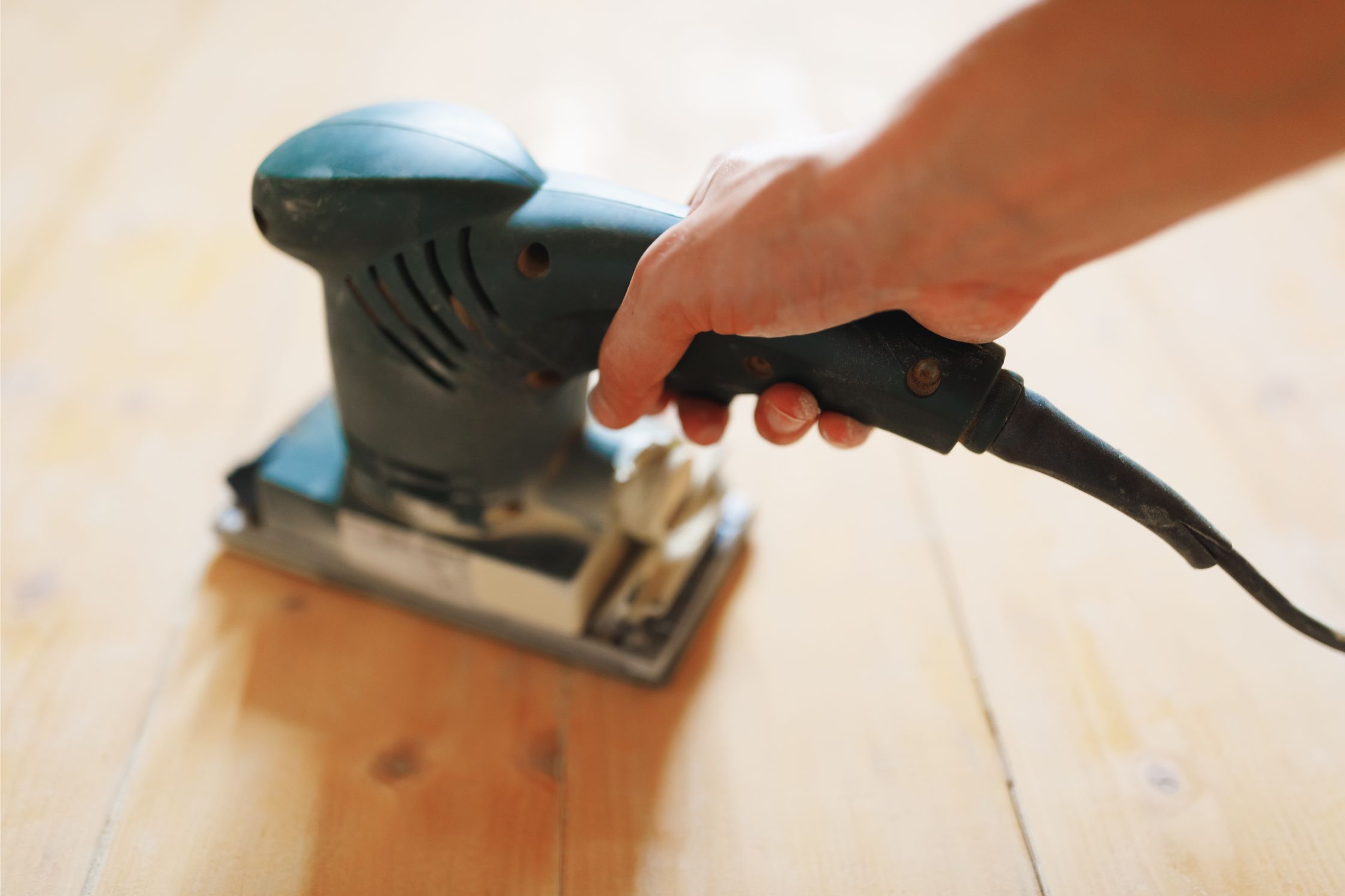
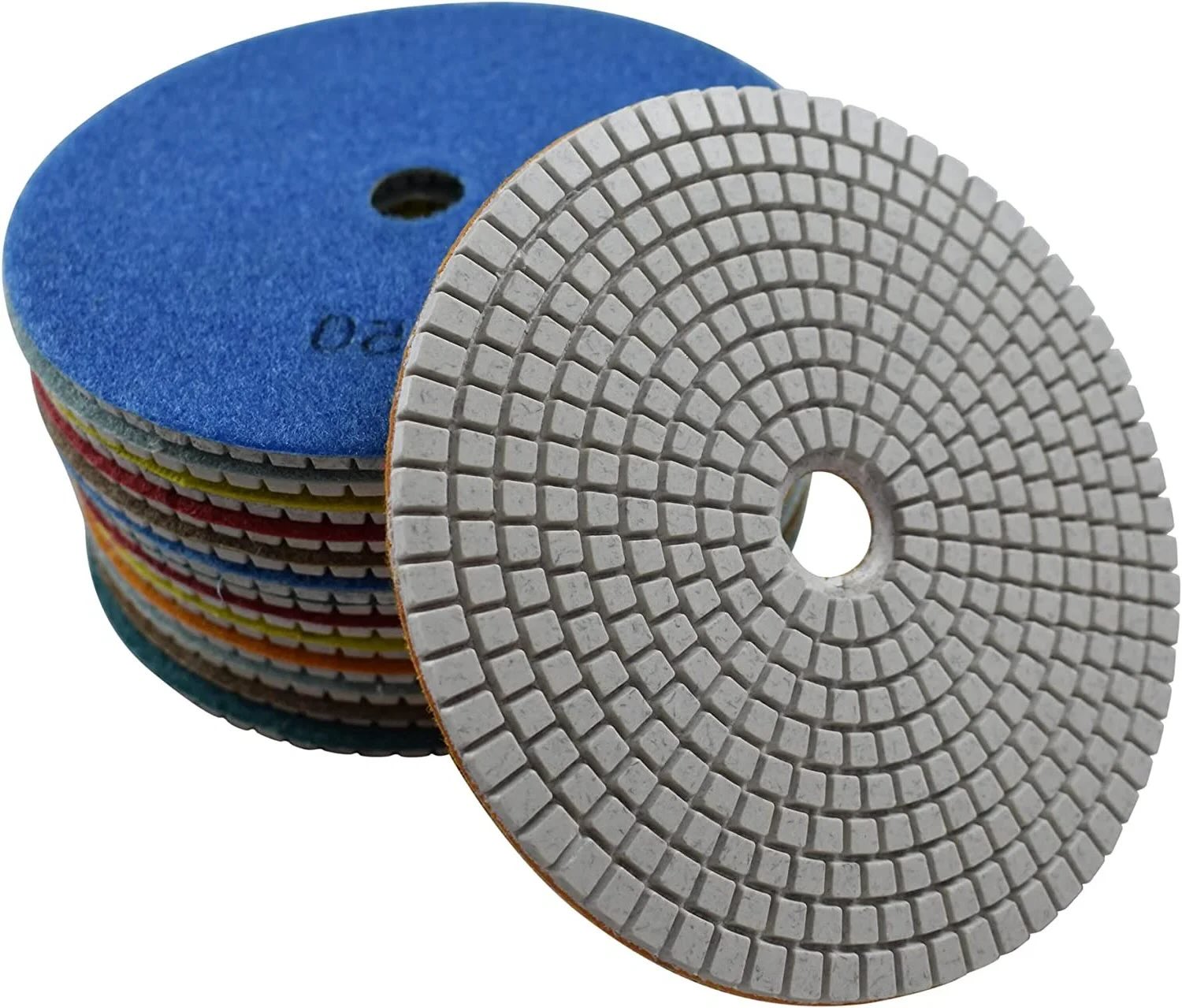



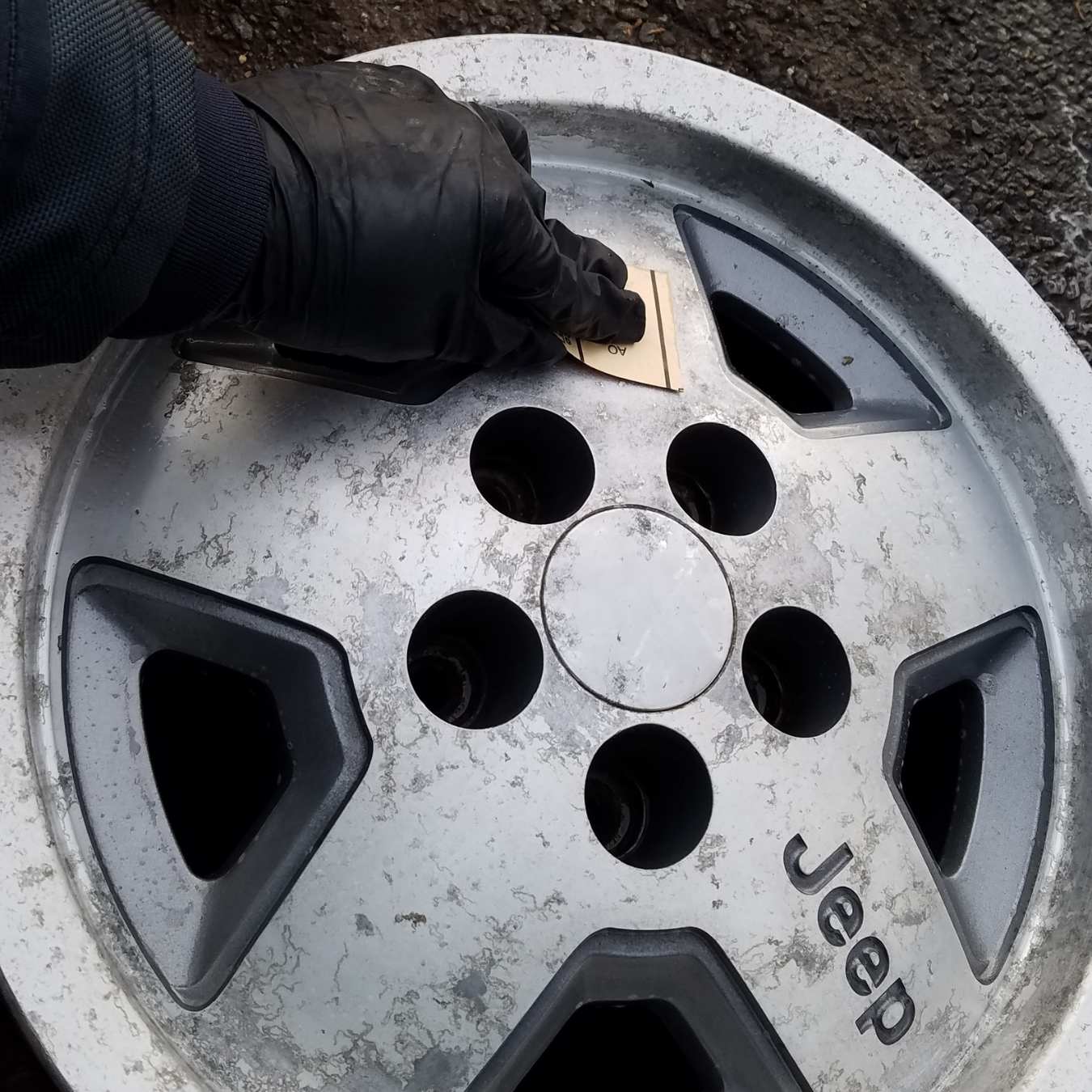

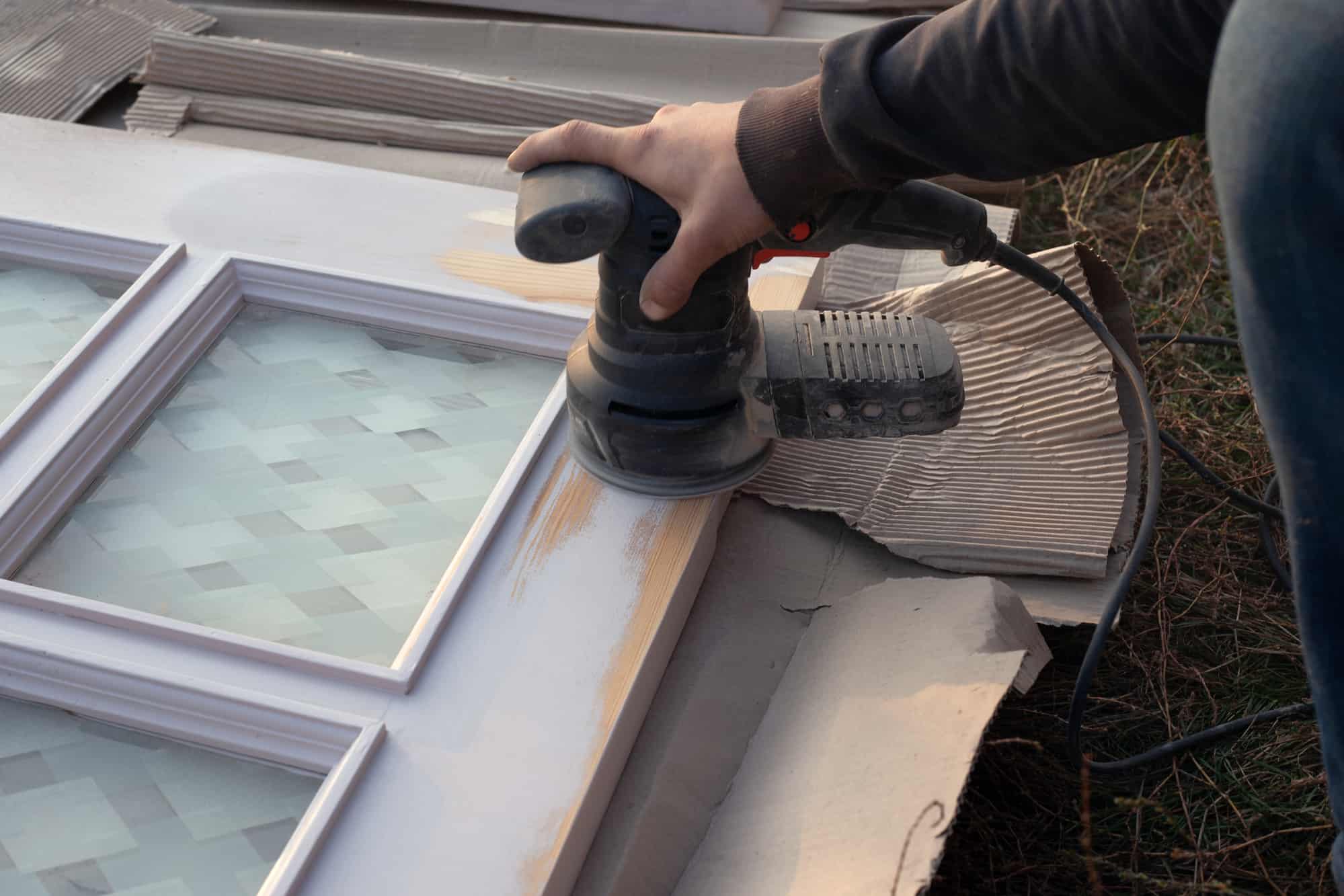

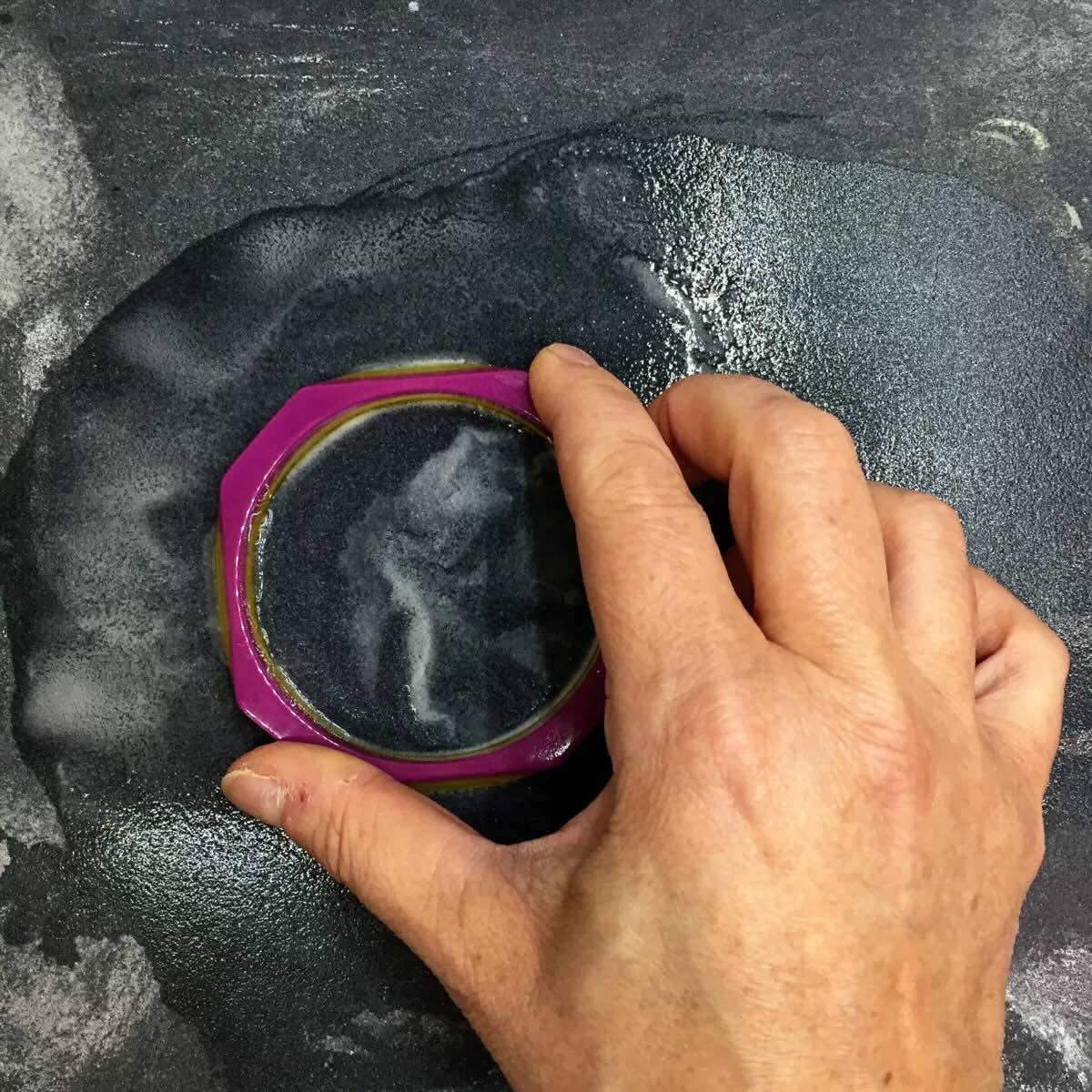
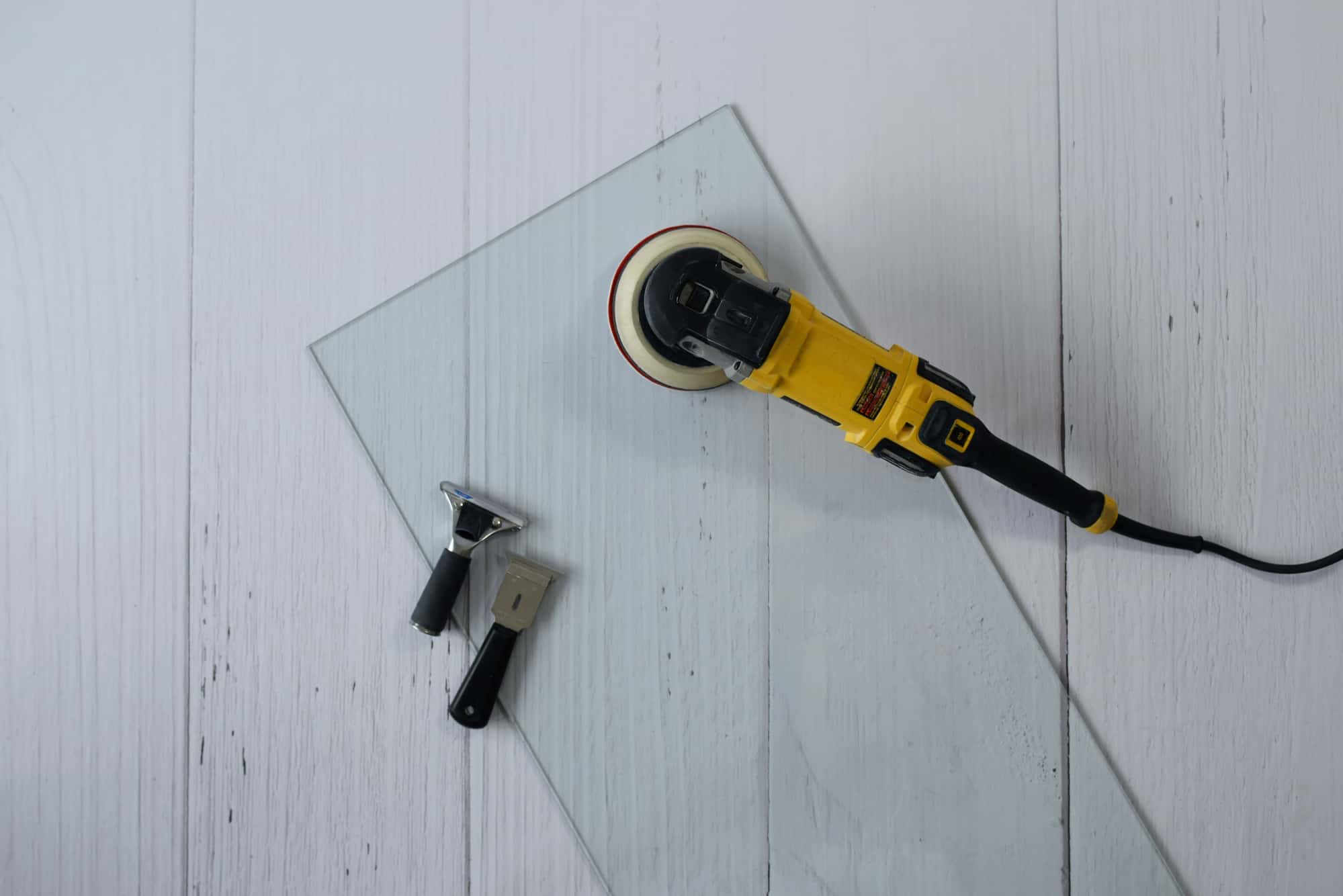
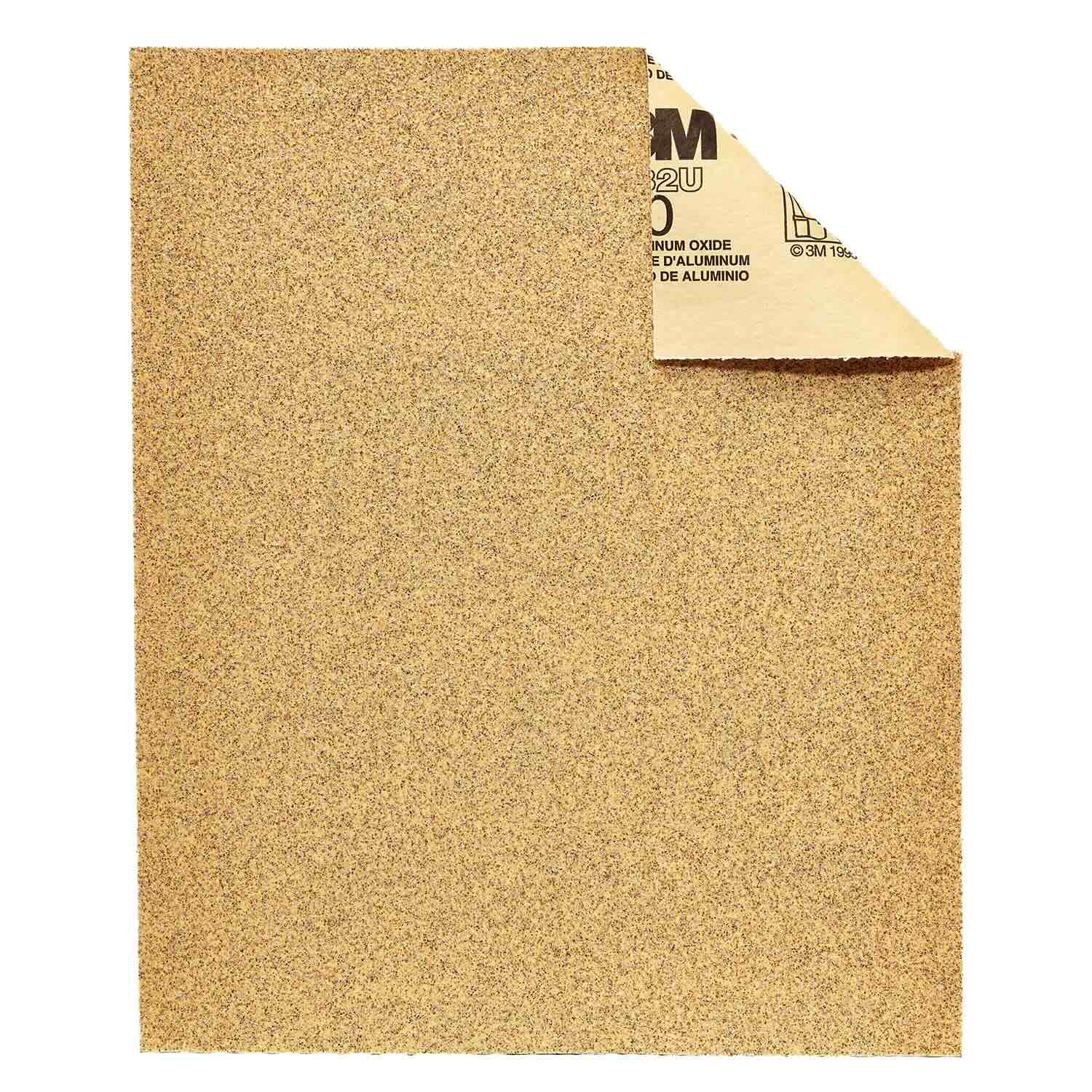
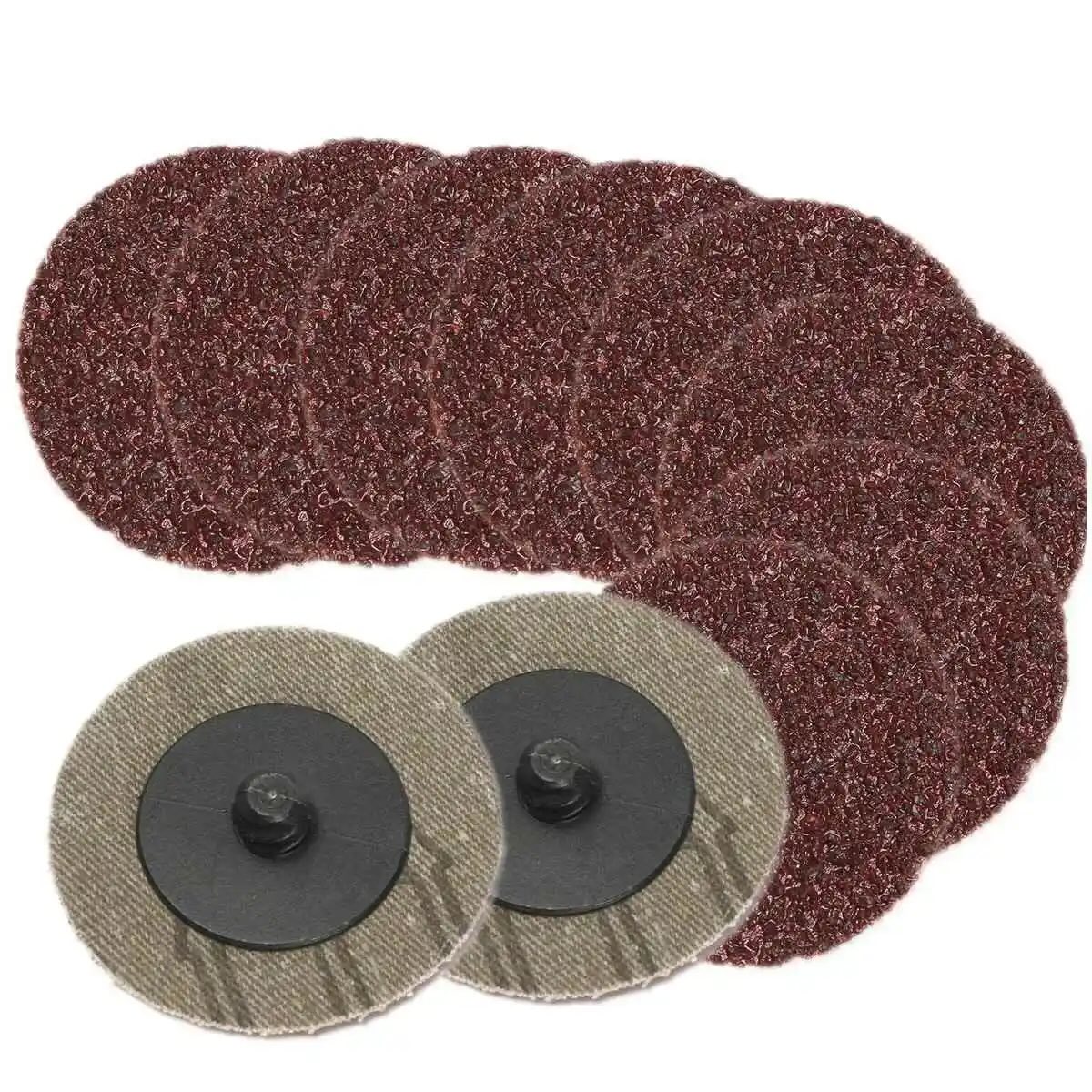
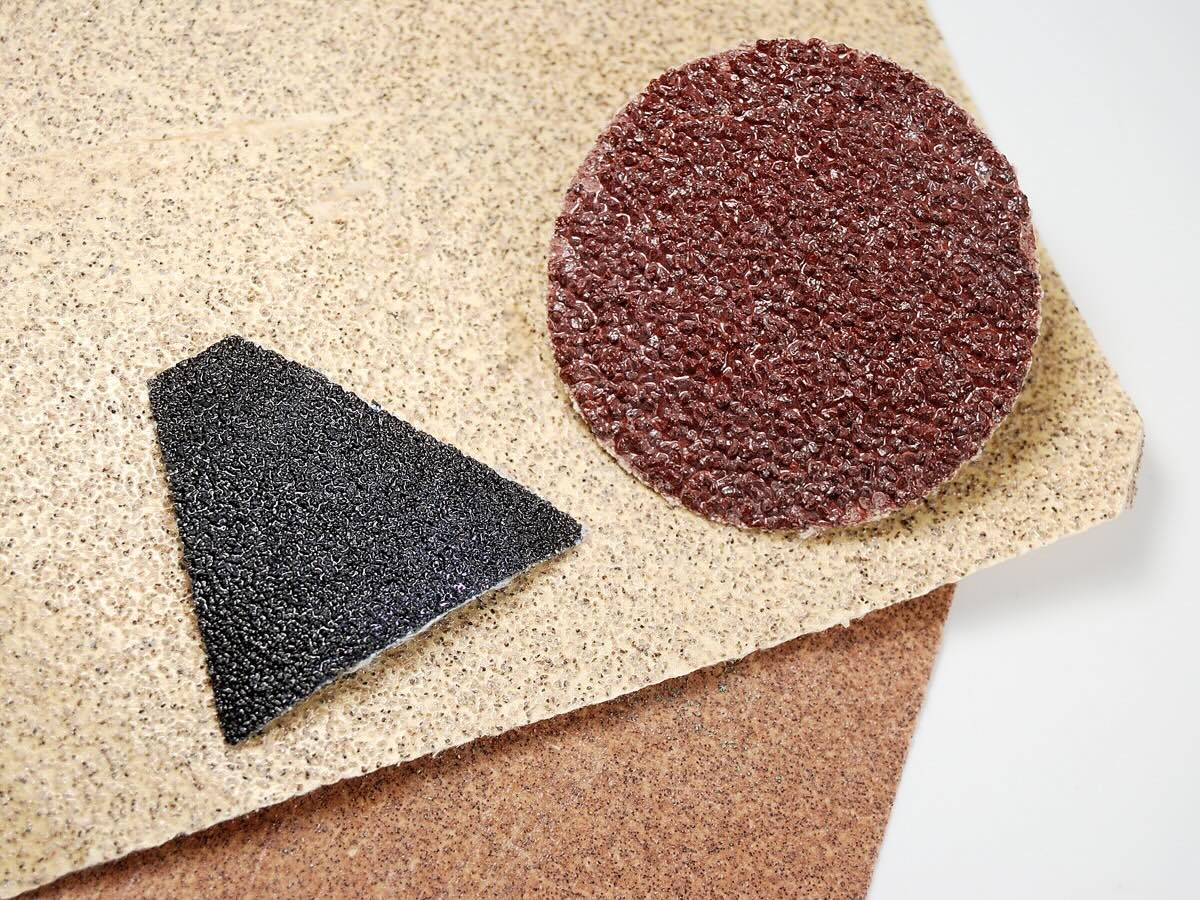
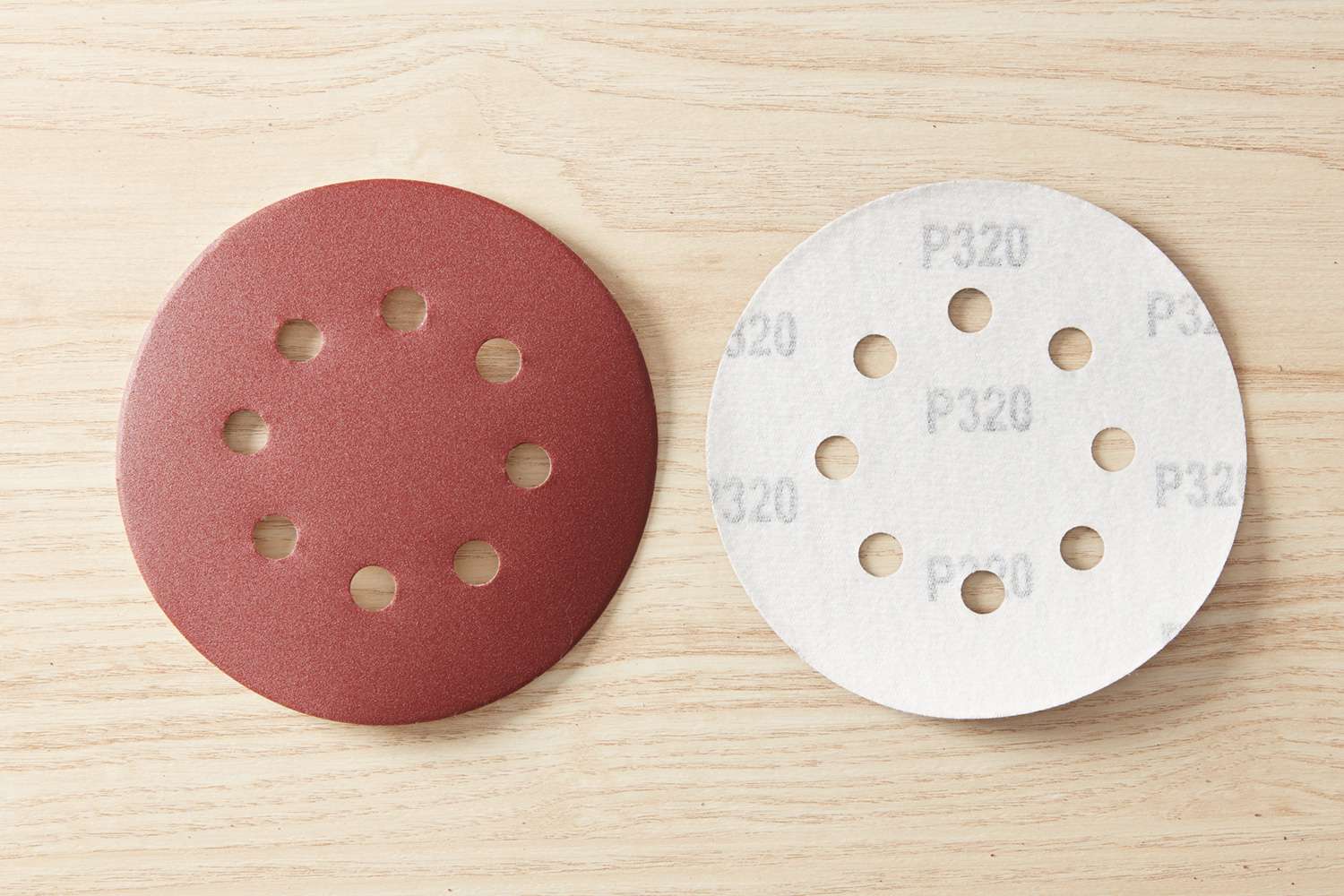

0 thoughts on “What Grit Sandpaper For Guitar Body”